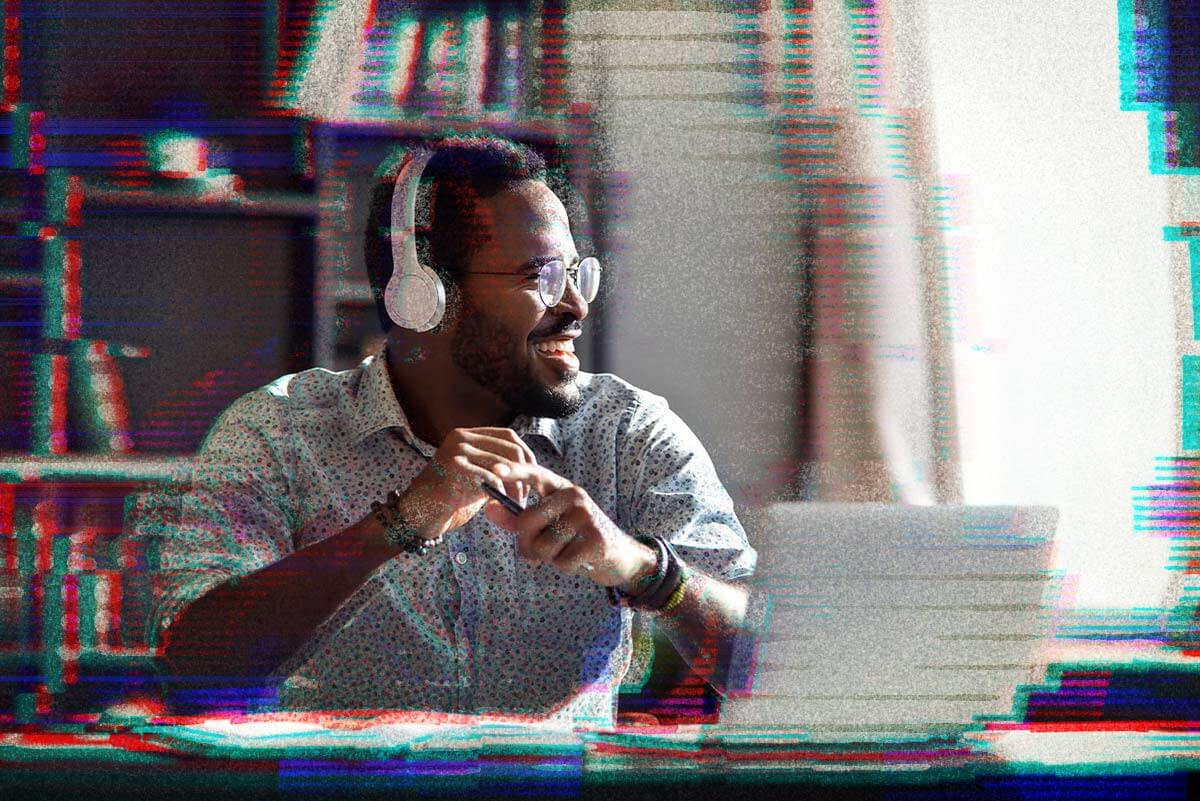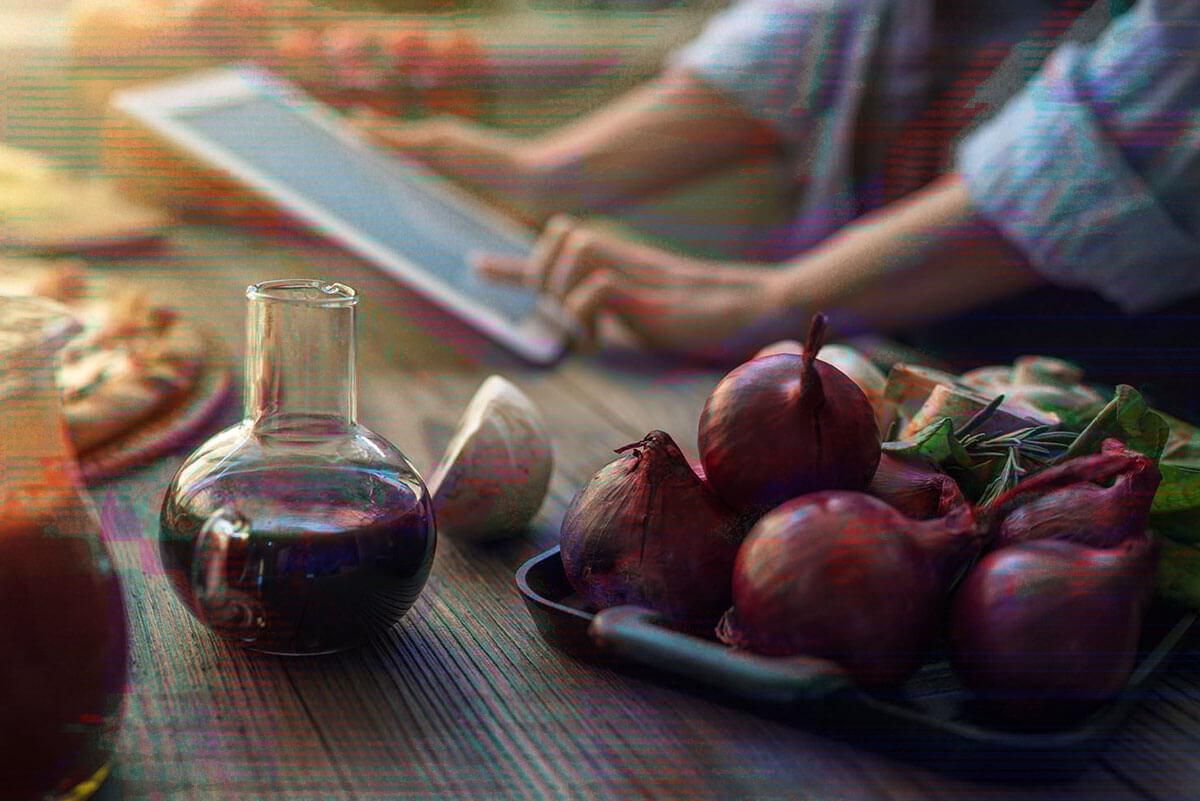The Future Demands More of Us
Most of what we’ve all read about the current pandemic focuses exclusively on the losses we’ve suffered, the challenges we’ve faced, and the fallout we’ll have to deal with in the future. But the truth is much of what we’ve experienced together has also produced some potentially positive outcomes. From technology to trust, high-speed tools to hope, here are seven ways in which we could all come out of this with more.
1. More Virtual Creative Co-ops
When we all moved home, we had to quickly adapt to how to work creatively while sitting in our quarantine bubbles. Our creative tools didn’t necessarily change, but our use of collaborative tools like Teams, Zoom and Slack went through the roof. Since then, video collaboration software has evolved – giving us fun backgrounds and more “squares” on our screens – and will continue to evolve with more functionality.

Since we can’t collaborate in person yet, it’s even more important to schedule collaborative time on our projects, which isn’t always conducive to how creatives work. Until we can pop into our writer’s cube or share design ideas over tacos, we need to remember that remote might work for some, but other folks are having a tough time. Some will find pushing back on an idea or a timeline from their couch is easier than face-to-face. Some will just turn off their camera and eat cereal. Either way, an increase in patience toward our co-workers has become a necessary coping skill (along with becoming our own tech support and cutting our own hair).
2. More Global Talent
While the technology to work remotely and globally has existed for quite some time, the last year has forced more and more of us to accept that, yes, there are 24 different time zones around the globe. Working remotely with someone in Sri Lanka, for instance, has become as every day as collaborating with others in San Francisco, so we need to be flexible with our workdays. We can work almost anywhere now. Heck, Barbados was kind enough to offer us all year-long visas if we moved there to work from their beaches.
If we can learn to communicate effectively, we can diversify our rosters and bring in talent from a far greater pool – nationally and globally. We can find creatives who are the “right fit” vs. finding someone who can be in the office five days a week. With technology allowing us to “meet in person” via video (with or without pants), smart companies have opened their recruitment process to reach and hire non-local employees.
3. More Trust in the Workplace
This all means that the need for mutual trust has grown exponentially. Is so-and-so actually working on that project or napping? Is our art guy going to show up to the client call or have “technical problems” again? These are the things none of us have time to worry about. We need to have faith in our colleagues, clients, vendors and other partners that they’ll hold up their end of the bargain.
This is where the strong, grounded relationships we hopefully formed prior to quarantine will come into play. But if you’re like us, you’ve onboarded new staff and new clients during this pandemic, so trust must be formed and honed via video, emails and the actual work (and results) we produce. Relationships are key to retaining business, but trust is a key ingredient that keeps those relationships strong.
4. More Tech-Centric Experimentation
Not only are people more capable of using new tech now, they’re also more willing to try new tech. From cooking apps to online office tools, trying new stuff has become a new hobby (and a lot less scary. People and businesses are far more likely to try new tech for virtual collaboration, but will undoubtedly become increasingly picky about video quality, audio issues and other aspects of the user experience, as well.

5. More Digital Reach
Those of us who’ve been lucky enough to have unlimited, high-speed internet for a while may not realize that it took a pandemic to increase accessibility for all. Last spring heralded a wake-up call for schools and parents whose kids needed to learn online but couldn’t. Plans to provide expanded, high-speed coverage of additional geography were accelerated and, in the process, also allowed digital marketing to become more pervasive. These areas are now large, previously untapped markets that advertisers can target with fresh messaging.

6. More Authentic Experiences
Just as trust is imperative in our virtual workplaces, transparency has become more important than ever in our consumers experiences. As Modern Impact CEO, Michael Priem, wrote years ago in “Transparency is the New Black,” the surprising, unsettling, often sad and downright crazy events of our age have made skeptics of all of us. Consumers are more confused than ever about whom they can trust, and will be drawn to brands they can believe in.
But that decision will be based far more on the basis of authenticity than creativity. So, don’t overthink it. Watch for post-pandemic trends and causes, identify those your brand can genuinely support, and then approach those consumers who share your brand values with a clear message, consistent perspective and familiar voice that all ring true.
7. More Hope, Less Fear
Perhaps most importantly, this new age of isolation calls for a new approach in our creative messaging. One that promotes community over autonomy, connection over division, and an underlying spirit of hope. A world of uncertainty provides honest, thoughtful brands with an opportunity to become one of the “sure things” their customers can count on.

In short, positive messaging is your only real option right now. No one needs more negativity, more derision, more fear. We want partners in our lives – including products and services – that exist to make our lives better, not just absorb our stimulus checks. Tribes have been formed and are bonding together, so maintaining relevance and transparency will be paramount to gaining their trust and driving success in a brave, new, post-pandemic world.


